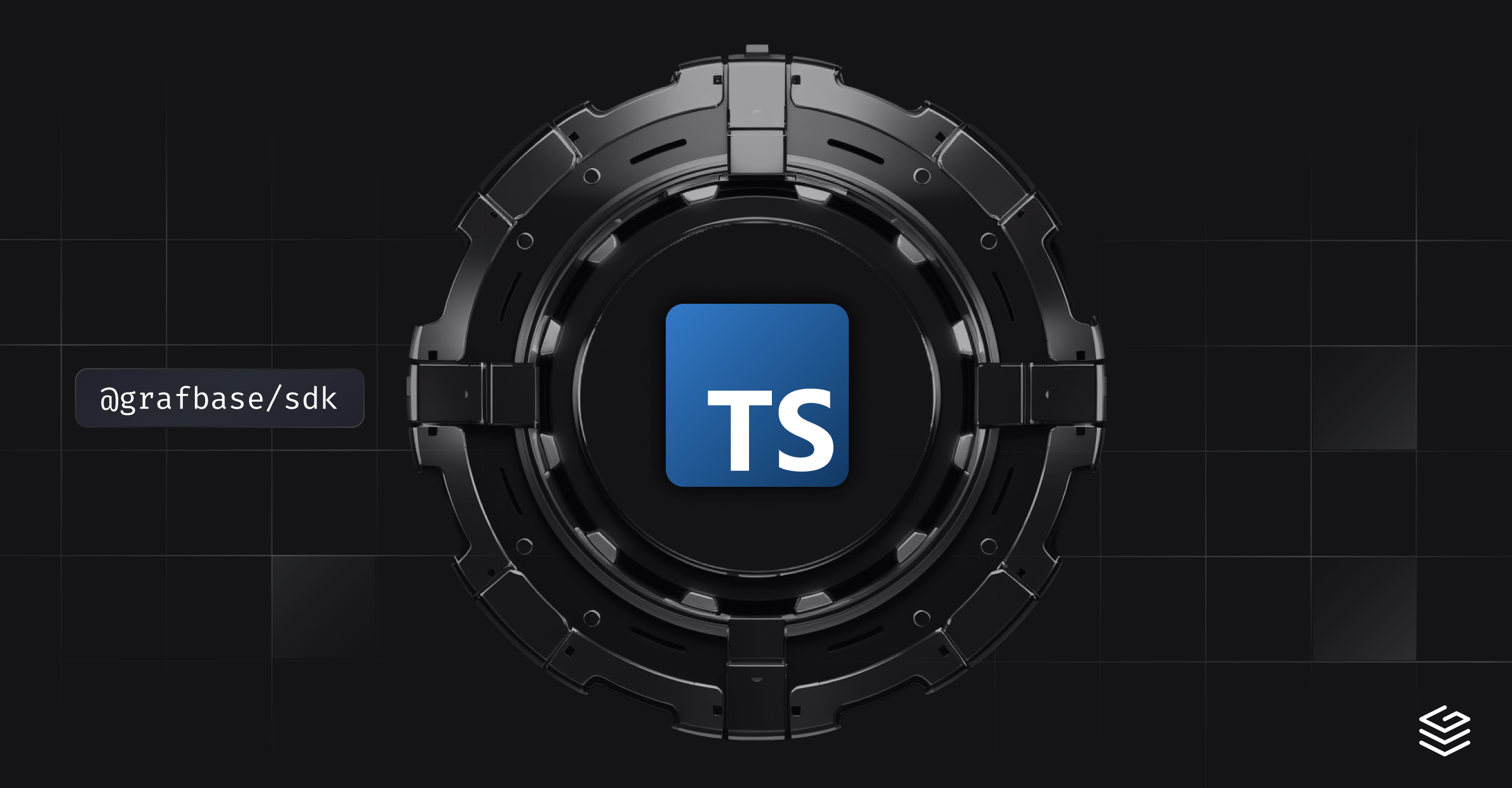

You should maybe read about the use cases for deduplication before using it. Here’s one recent article:
https://despairlabs.com/blog/posts/2024-10-27-openzfs-dedup-is-good-dont-use-it/
If you mostly store legit Blu-ray rips, the answer is probably no, you should not use zfs deduplication.




I really try to move to Jellyfin, but there’s always some papercuts that block me. Tried it last weekend again, and:
I also tried Navidrome for music. Weirdly it had hiccups playing some files, and DSF was again a problem.
I really want to get out from Plex, but I use Plexamp so much and it handles my huge music library really well it’s hard to switch :(